How to Prune Spreading Junipers to Accent Your Landscape, Not Cover It Up
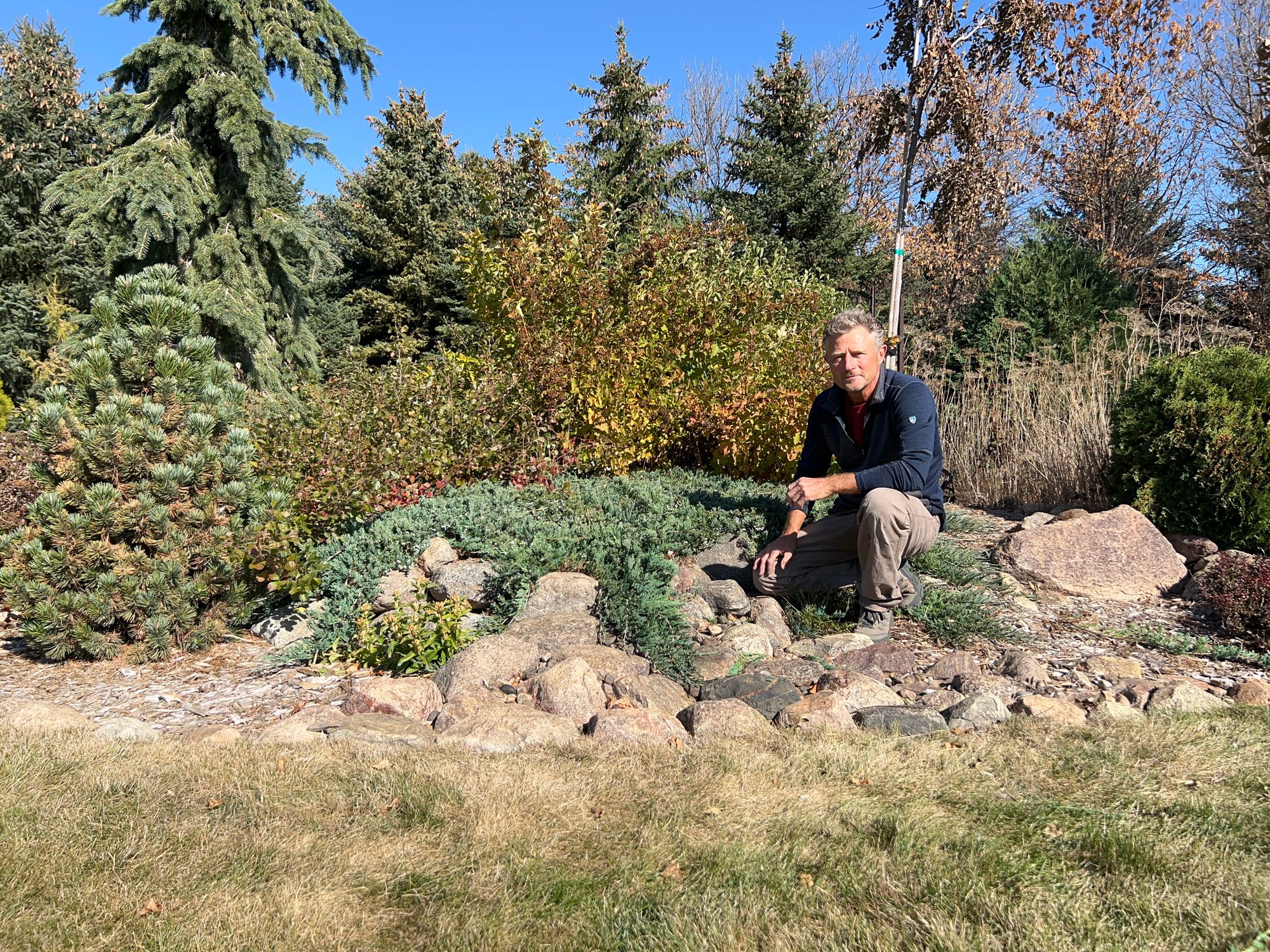
Junipers can be great additions to your landscape, but be sure you keep them in check and pruned correctly, or they can quickly take over an area. In this video, I'll show you how to prune spreading junipers so that they accent your landscape instead of covering it up.
Here are my favorite cold hardy, low-growing (creeping) junipers:
- Calgary Carpet
- Buffalo
- Arcadia
- Blue Chip
- Prince of Wales
- Wiltonii
- Icee Blue
- Mother Lode
- Japanese Garden
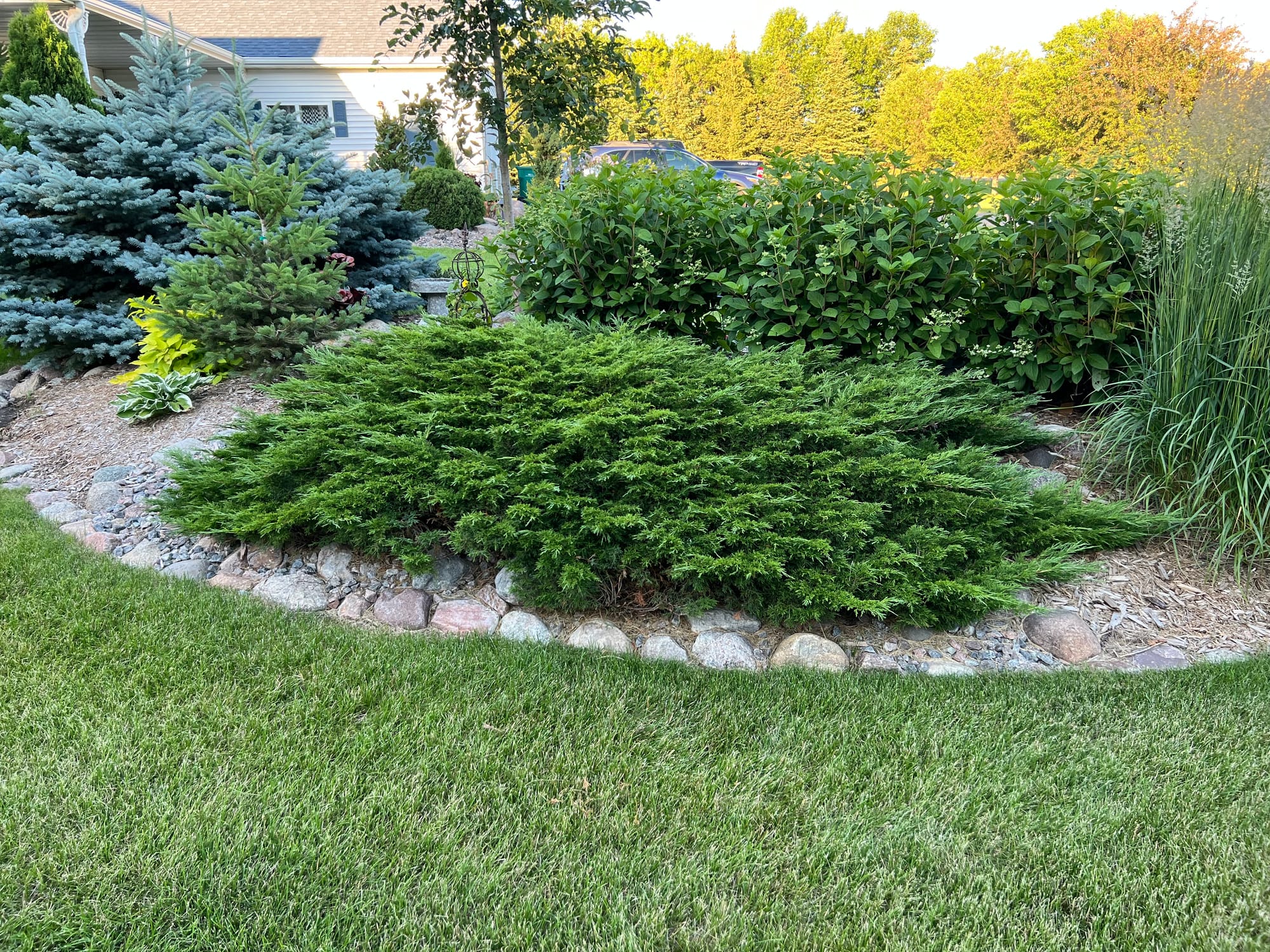
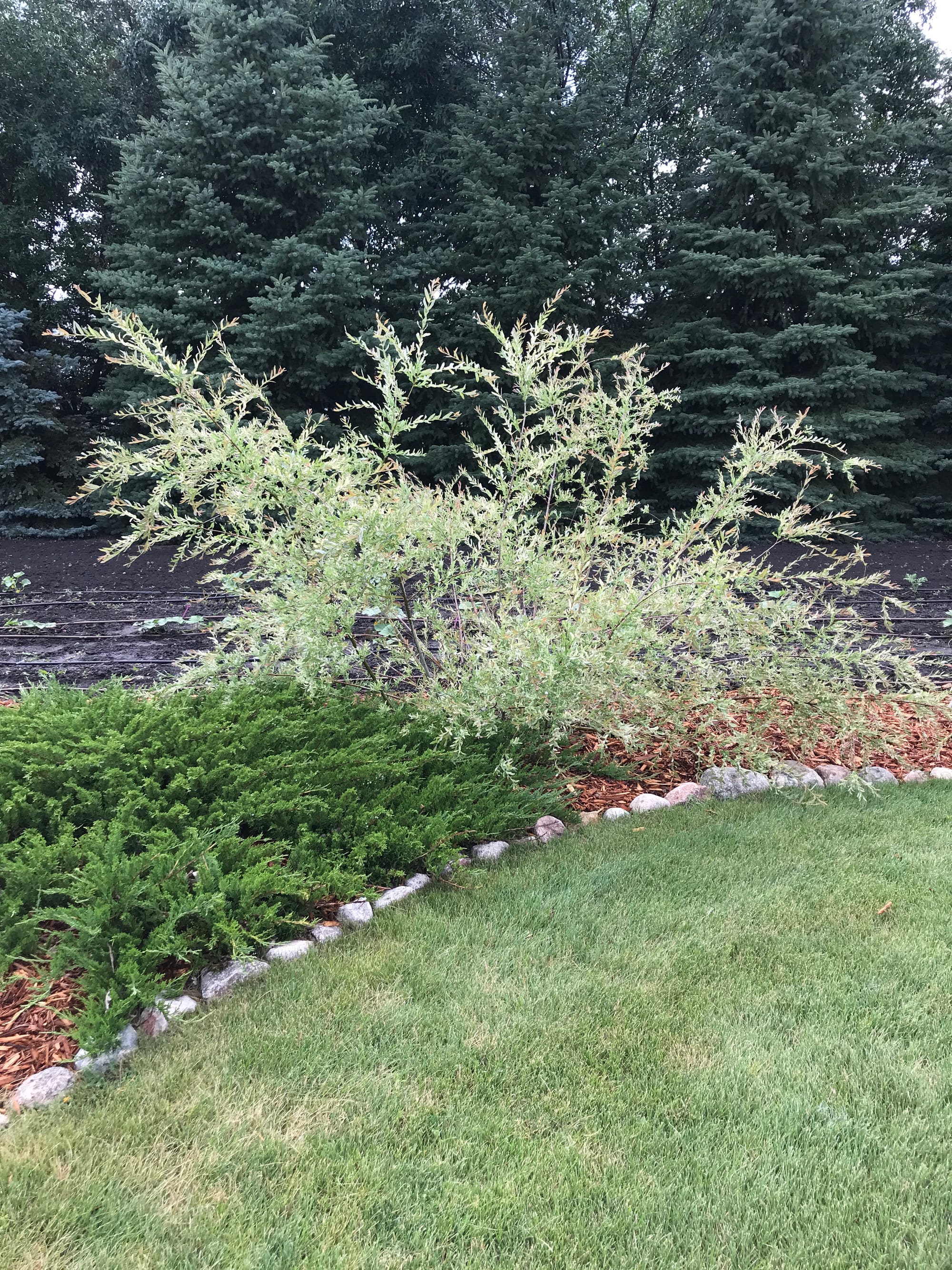
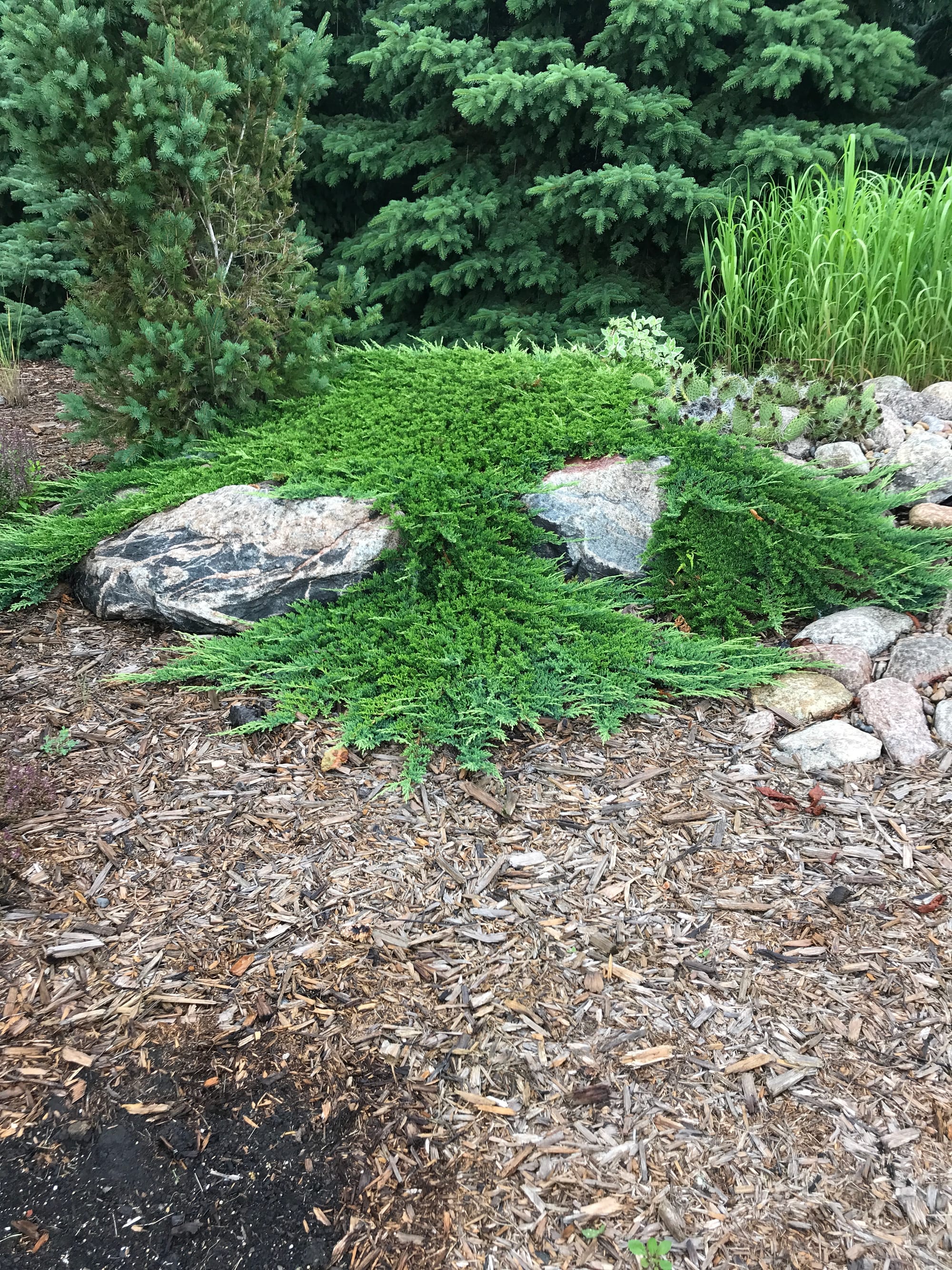
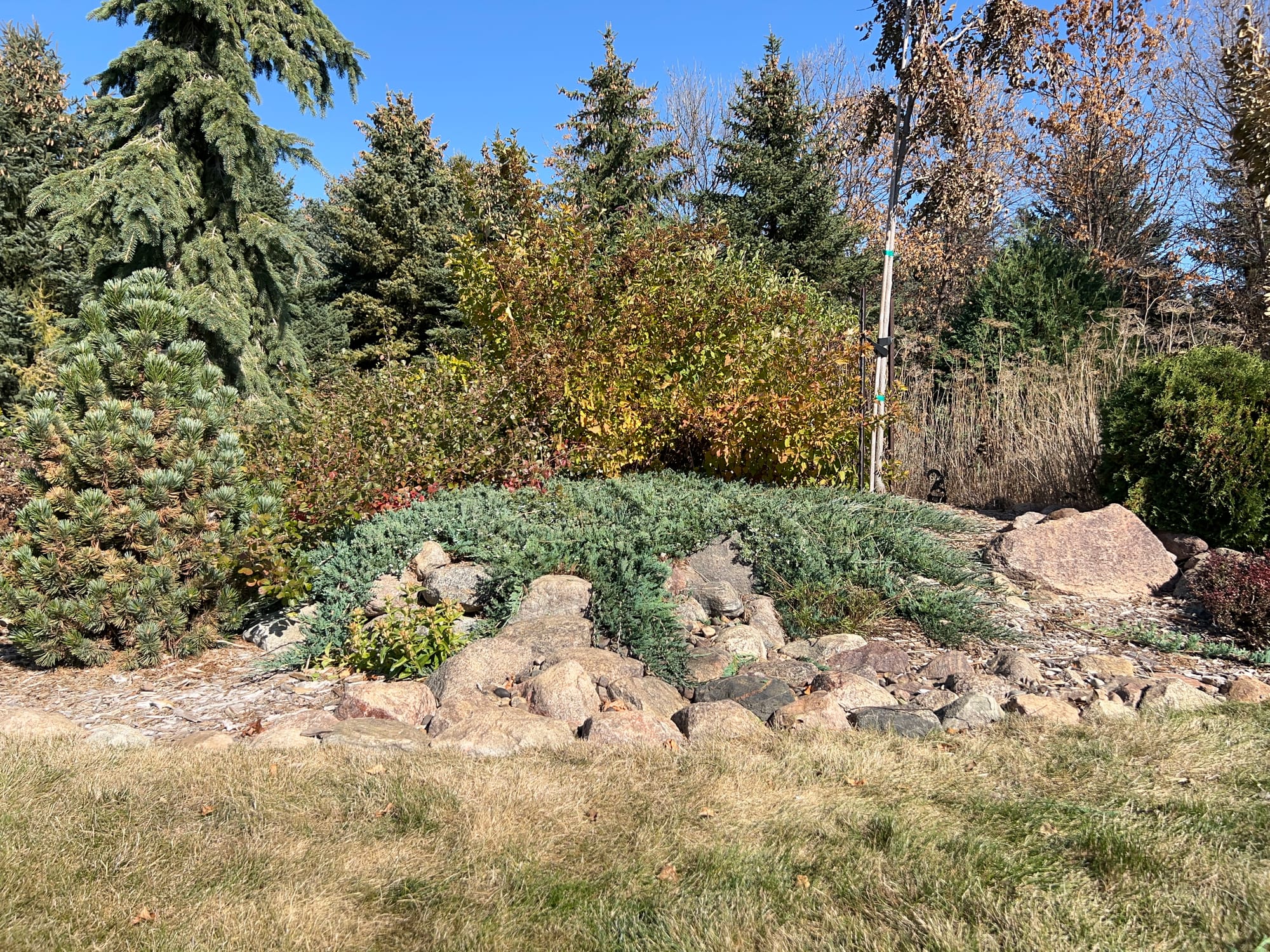
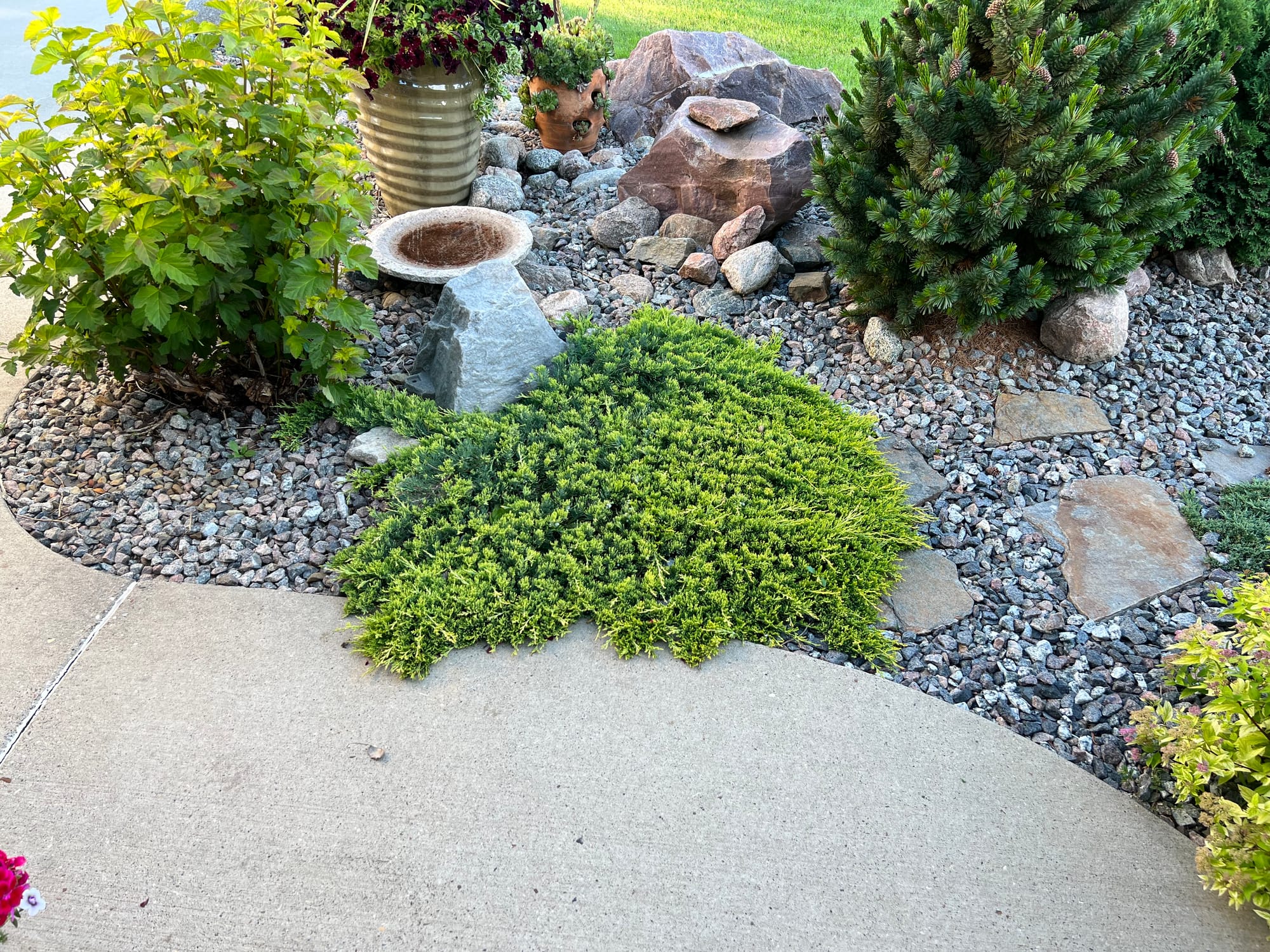
L to R Calgary Carpet | Arcadia | Prince of Wales | Icee Blue | Mother Lode
Do junipers get insects?
Yes, junipers can get insects. Some common insects affecting junipers include spider mites, aphids, and scale insects. Regular inspection and appropriate treatment can help prevent these pests from damaging the plant. Start with insecticidal soaps as your first treatment option.
Where can I plant creeping junipers in my landscape?
Creeping junipers prefer areas with full sun and well-drained soil. They are drought-tolerant and can thrive in a variety of soil types. Consider planting them as ground cover on slopes, as borders, or in rock gardens. They can also add a beautiful touch to retaining walls, as their trailing branches create a soft and natural appearance as they cascade over the edges.
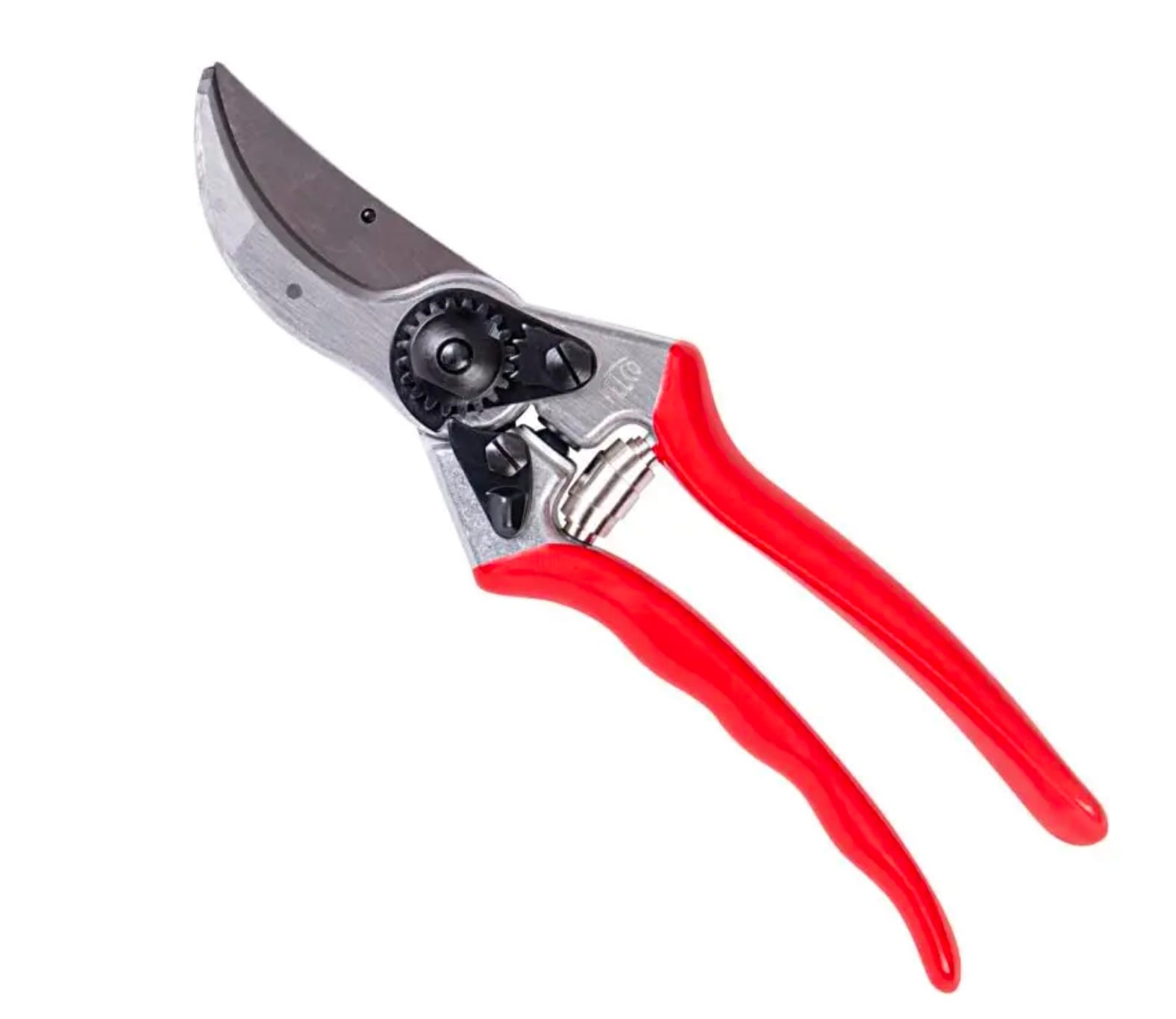
FELCO Model 2 Hand Pruner
FELCO's Classic award winning pruner. Long lasting durability.
When you purchase through links on this site, we may earn a small commission at no additional charge to you.
How long do junipers live?
Junipers have an average lifespan of around 20-30 years, but some species can live up to 100 years with proper care and growing conditions.
Do junipers have a pine scent?
Yes, many species of junipers have a pine-like scent due to similar aromatic compounds in their foliage.
Junipers are great plants for your gardens due to their many positive qualities. They are low maintenance, drought-tolerant, and come in various sizes and shapes. They also provide year-round interest with their evergreen foliage and can be used for ground cover, hedges, or as accent plants. Additionally, junipers are deer-resistant and have a pleasant fragrance.
Thanks for stopping by Garden Hike!
Kevin
Make sure you check out A.M. Leonard for all your horticulture tools and supplies. They're my go-to supplier! They've been in business since 1885 and have excellent quality and selection.
Use promo code GARDENHIKE10 at checkout to receive 10% off any order.

When you purchase through links on this site, we may earn a small commission at no additional charge to you.
